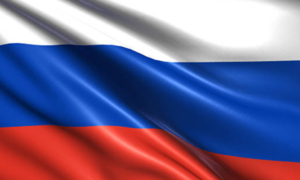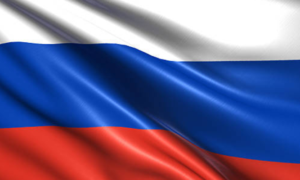An Iranian official has acknowledged that Russia and Iran are collaborating on trade solutions powered by “digital financial assets” (DFA) and Central Bank Digital Currency (CBDC).
TakeAway Points:
- According to an Iranian official, Iran and Russia are collaborating on trade solutions driven by “digital financial assets” (DFA) and CBDC.
- The report states that Iran intends to cooperate with Russia because Tehran maintains an effective trading partnership with Moscow.
- However, Russia and Iran are now compelled to do commercial dealings in their own fiat currencies due to their inability to make payments in dollars and euros.
Iran and Russia collaborate on CBDC
The commerce attaché of the Iranian Embassy in Russia, Rahimi Mohsen, stated that “nations” were “exploring the usage of DFAs and central bank digital currencies” in an interview with the Russian media outlet Izvestia.
Mohsen asserted that “options” driven by CBDC may “simplify commerce” between Moscow and Tehran.
Need For Regulations for CBDC Trade
The attaché claimed that CBDCs might “possibly minimise the impact of sanctions,” citing the digital ruble and Iran’s “crypto-rial” scheme as examples.
Since the start of the conflict in Ukraine in 2022, the US, the EU, and allies have imposed various sets of sanctions on Russia.
In the meantime, the UK government said this week that Iran is now subject to further sanctions as a result of a missile strike on Israel in mid-April.
While acknowledging that there are still “difficulties” with payments tied to the CBDC, Mohsen stated that lawmakers would need to “establish infrastructure and laws for new payment methods.”
With regard to “implementing” new restrictions, he continued, Iran “intends to cooperate with Russia” because “Tehran maintains an effective trading partnership with Moscow.”
The head of Russia’s Council for the Development of Foreign Trade and International Economic Relations, Maxim Chereshnev, asserted that sanctions packages are making Tehran and Moscow “more eager than ever” to work together.
A “relationship” with Iran fueled by the CBDC is “strategically significant,” according to Chereshnev.
He clarified that Moscow might be able to “strengthen” its “influence in the Middle East and Central Asia” as a result of the move.
Russian Firms Pay More for Non-USD Fiat Trades
The chairman went on to say that Russia and Iran are now compelled to do commercial dealings in their own fiat currencies due to their “inability to make payments in dollars and euros.”
However, Chereshnev clarified that this leads to problems with currency conversion.
Additionally, he said, there were “discrepancies” between the rates set by the Iranian government and those set by the market.
Consequently, the current loss in every commercial agreement that Russian enterprises conduct using currency amounts to “around 20–25%.”
CBDCs, according to Chereshnev, would lessen this. The “launch of settlements negotiated via DFAs and CBDCs can “ease trade between governments,” he claimed, using Russia and Iran as examples.
He added that merchants would be able to “improve transparency and boost the security of transactions” because of technological advancements.
Russian Action for Local Investment
In an effort to expand local investment possibilities, Russian banks and other businesses have started to issue DFAs, which include commodities, securities, and more powered by blockchain technology.
President Vladimir Putin signed a bill earlier this year that lets Russian businesses use tokens produced by Russia to conduct cross-border DFA trading.
Additionally, businesses are permitted by law to use the digital ruble for cross-border trading. Experts have pointed out that this regulation prohibits Russian businesses from using the DFAs or CBDCs of other nations in commercial transactions.
Numerous other partners of Russia have started speeding up their own digital fiat initiatives. Among them is Belarus, which plans to use the blockchain network known as Hyperledger Fabric.
The deputy head of research and strategic development of the National Bank of Belarus, Mikhail Demidenko, stated in February that,
“The [goal] is primarily the decentralization of cross-border payments. The problem in the modern world is that all payments between countries go through the banking systems of issuers of major currencies like the dollar and euro.”
Lawmakers in Russia have also discussed utilising the digital yuan, endorsed by Beijing, and the digital ruble for trade with China.


































